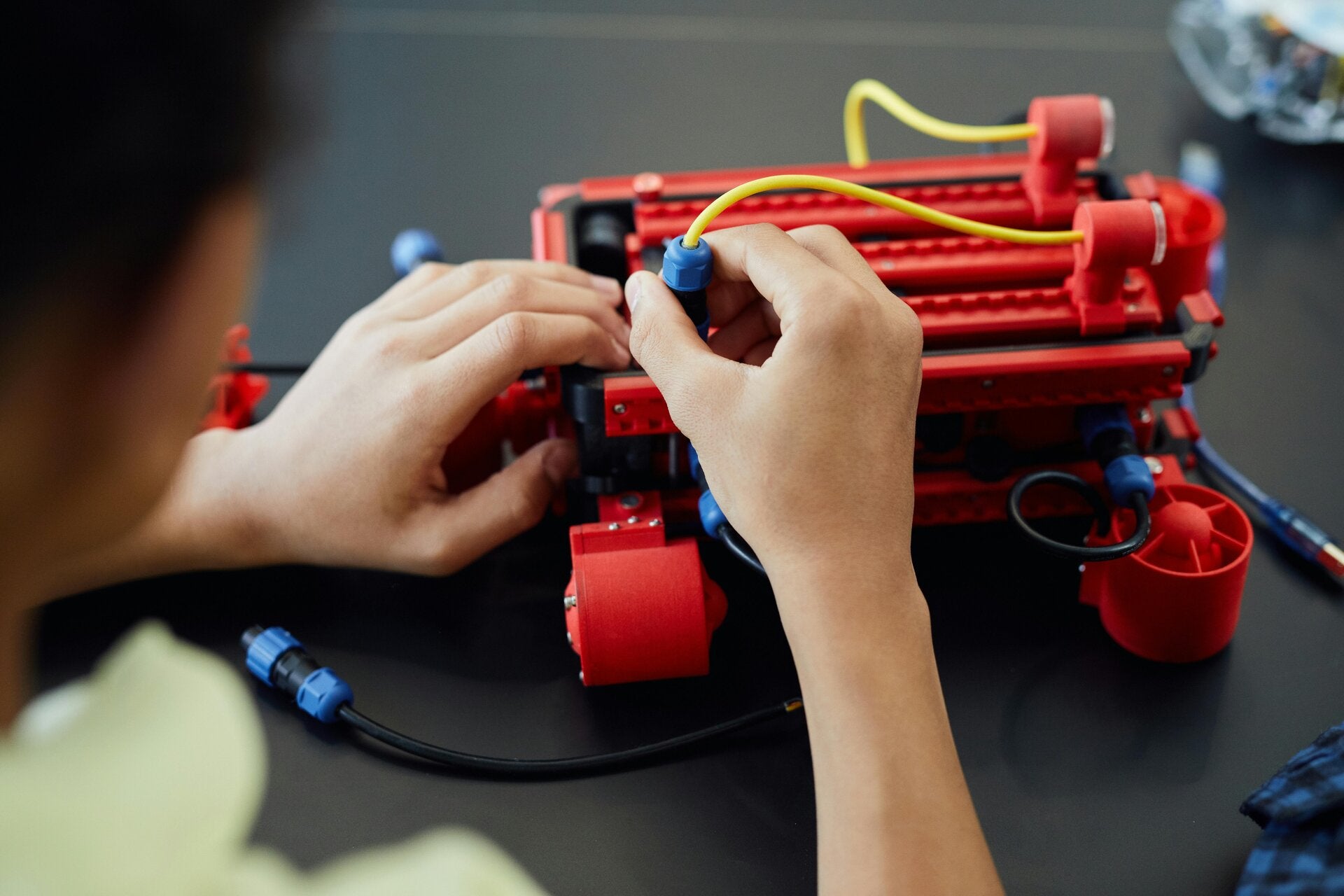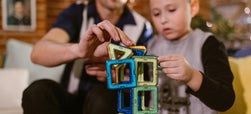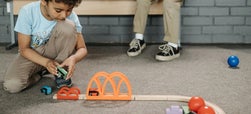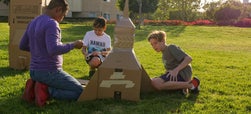
ENGINEERING
Introduction
In early childhood education, engineering fosters creativity by planning, creating, and evaluating solutions to problems. It fosters creativity, resilience, and problem-solving skills as children hone their concepts. Engineering projects can range from simple ones, like building skyscrapers out of blocks, to more complicated ones that involve moving parts or systems. According to the EYLF, these activities promote learning characteristics including perseverance and curiosity. Children that participate in engineering play develop their ability to visualize results, collaborate with others, and adjust to criticism. Including engineering in the curriculum encourages STEM education and gives children the confidence to think of themselves as competent problem solvers in their daily lives.
Theories and Views of Creativity
Papert's constructionism emphasizes learning by doing, which is highly compatible with early childhood engineering activities. According to Vygotsky's sociocultural theory, children can co-construct knowledge through collaborative design. Piaget's constructivism encourages experiential learning as a means of comprehension. By coming up with several solutions and improving concepts, Torrance's creative model relates to engineering. The widely used design thinking process in engineering is similar to the plan-make-test-reflect methodology used in early childhood education. These viewpoints demonstrate that engineering is not only technically sound but also incredibly creative, providing young students with chances to experiment and witness the results of their ideas in real, useful forms.


Materials, Digital Technologies,and Resources
Building blocks, LEGO, magnetic tiles, recyclable materials, and construction kits can all be used to promote engineering play. Practical skills are developed using tools like tape measures, hammers, and child-safe screwdrivers. Children can model their projects in three dimensions using digital design programs such as Tinkercad. Along with constructing, robotics kits (like Bee-Bots and LEGO WeDo) teach fundamental programming. Tubes, connectors, and wheels are examples of loose elements that promote unrestricted creativity. Gross motor development is supported by outdoor building areas that use large-scale items (planks, crates). Children's creative reference points are expanded and inclusive, global perspectives on problem-solving are fostered when they have access to pictures, diagrams, and videos of engineering solutions from around the globe.
Experiences in Learning

0-2 Years
- Stack and Knock Towers: By stacking blocks, infants practice their sense of balance and gravity.
- Big Loose Part Play: Relocating and setting up tubes and boxes promotes spatial problem-solving skills.

2-3 Years
- Bridge Building Challenge: Children create and test bridges for toy automobiles out of cardboard or blocks.
- Pulley Exploration: Basic mechanical concepts are introduced using basic bucket and rope systems.

3-5 Years
- Marble Run Creation: Children construct tracks out of tubes, experimenting and modifying them for distance and speed.
- Cardboard Construction Workshop: Using boxes to construct structures encourages creativity and collaboration.

6-8 Years
- LEGO WeDo Robotics: Children create and program basic moving machines.
- Catapult Design: Children create mechanisms to safely launch lightweight things using sticks and elastic bands.
Create Your Own Website With Webador